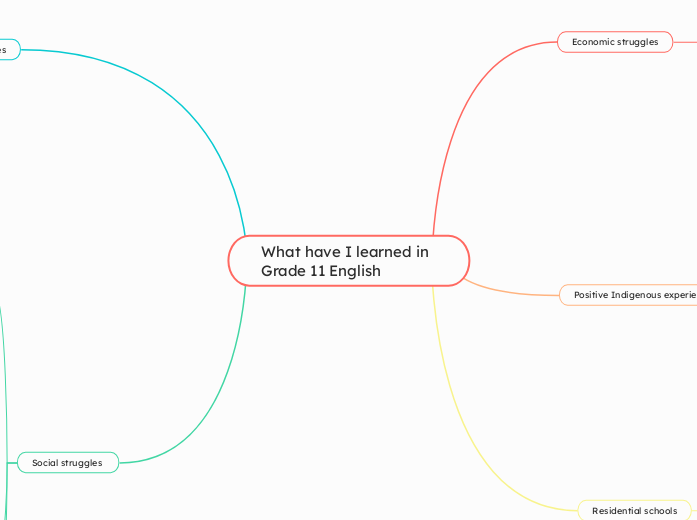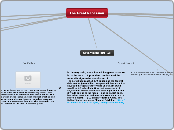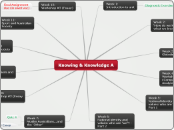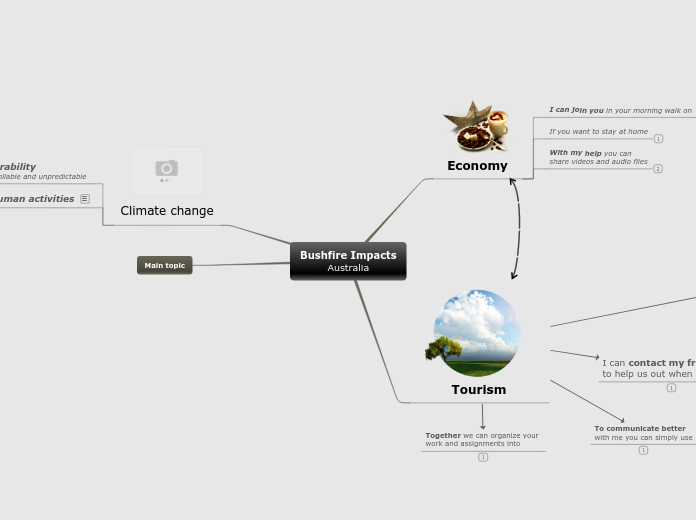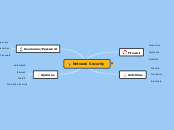Intergenerational trauma plays a big part in these ongoing problems. The colonization of the 1960s Scoop and residential schools disrupted Indigenous people's ways of life. (See the 60's Scoop branch for more details.) This contributes to higher rates of substance abuse, mental health issues, and domestic violence towards Indigenous women, thus continuing the cycle of violence.
The Indian act is one of the leading causes for intergenerational trauma. It is the the start of the domino effect, leading to residential schools, and overall cultural generational destruction.
Residential schools are the overbearing cause of intergenerational trauma. Residential schools weren't a school for education; they were a school for horror, assimilation, and breaking apart Indigenous people and communities. It left an overwhelming footprint of abuse for every child who attended. This footprint didn't disappear, it continues to be imprinted into Indigenous society. Indigenous children today struggle with their cultural identity, due to the deconstruction of Indigenous people in these residential schools. Many feel lost, with no beacon of guidance, they continue in the cycle of abuse because they struggle to find what steps to take to be successful and lead a good life.
This alarming statistic originates from the tragic history of Indigenous residential schools. The forced assimilation of Indigenous culture resulted in the separation of families, with young children being sent to these schools. Surrounded by inadequate role models, these children grew up without proper guidance, struggling to care for their own children in turn. This cycle has continued across generations, leaving Indigenous communities without the necessary skills to properly care for their children, leading many to end up in the foster care system.
What have I learned in Grade 11 English
Social struggles
Foster care
9,440 status First Nations children under 15 were in foster care in 2021, according to Statistics Canada. Although they made up just 3.5 percent of the under-15 population overall, more over one in three foster children were First Nations people.
Intergenerational trauma
Stereotypes
Text to world: Indigenous stereotypes: Lazy, stealing taxpayers money, angry, stuck in the past, and victims. Many western Canadians share these wrongful beliefs-- without knowing the authentic truth of Indigenous stories.
Text to text: Through shows like First Contact, it deconstructs these said stereotypes by sharing an authentic experience on why they may been see this way. I can recall during one specific scene, it explained how Indigenous communities are struggling to accept health, as to healthcare facilities-- they are just another patient. However, this doesn't disregard that Indigenous communities want help, but after generations of abuse, it is hard to unlearn unhealthy coping mechanisms and reach out. Additionally, this show highlighted how Indigenous people are not stealing tax dollars, they owe money from the treaty when colonizers came to Canada. They formed an agreement that Indigenous would get 50% of Canada's resources, which has not be reconciled. Canada is in debt to Indigenous people.
Political struggles
60's scoop
The belief that Indigenous parents were unfit for raising children was prevalent in society during the 1960's. This brought upon the 60's scoop, which was "scooping" children from their home, and implement them in white middle class homes. This was because many Euro-Candians believed that foster care will "help" Indigenous children to have a "better western life." Which was absolutely not the case, as it was a racist and discriminatory act against Indigenous people. It forbid Indigenous individuals to be in touch with their culture, and did not allow FNMI people to express their heritage.
Indian act & Indian status
The Indian Act is a working government file that controls who is assigned Indian status, FNMI governments, and reserve land ownership. It describes what the government is responsible for First Nations peoples as well as individuals who have Indian status. In 1876, the act was first introduced to the general public. It aimed to assimilate First Nations cultural beliefs and integrate them into western society.
Residential schools
Positive Indigenous experiences
Cultural ceremonies
Powwows
Powwows are a highly important cultural and social gathering for Indigenous people. Through the act of the powwow, many FNMI individuals express their heritage through dance. It is a joyful celebration of music and culture, bringing Indigenous communities together. During powwows, many Indigenous folk will be seen playing a cultural drum alongside dancers wearing ethnic attire and performing cultural dances.
Text to self: My Bat Mitzvah. As a person of Jewish heritage, at the age of 12, I had a bat mitzvah. A bat mitzvah is a cultural celebration of transitioning from a young girl to a woman. This event is spent with a large gathering of people and involves performing cultural dances such as the hora. This leads to a connection between both celebrations by performing ethnic dances as a way to express heritage.
Economic struggles
These economic disparities began from historical roots in colonization, particularly when Europeans stripped Indigenous people from their old rich trade and commerce. The implementation of the Indian Act of 1876 denied Indigenous Peoples access to land, including the ability to sell their agricultural products and run businesses, thus robbing them of economic opportunities. The effects of the act are severe, depriving Indigenous businesses of opportunities that are available to companies in western Canada. This is shown by the inability to have access to equity and a barrier blocking Indigenous sale from western business networks.
Water crisis
The water crisis is an ongoing issue prominent in Indigenous communities. Many Indigenous communities do not have access to clean and safe drinking water. Most FNMI reserves in Canada have one of the three types of water advisories as follows: do not use, do not consume, and boil water. The reason for the water advisories is brought about by the government's lack of financial support. In addition to finanical issues, a lack of source water safeguards and government support for private water and wastewater systems contributes to the crisis on reserves. Water should be a fundamental right for all, and it is very heartbreaking that many Indigenous reserves do not have clean water.
